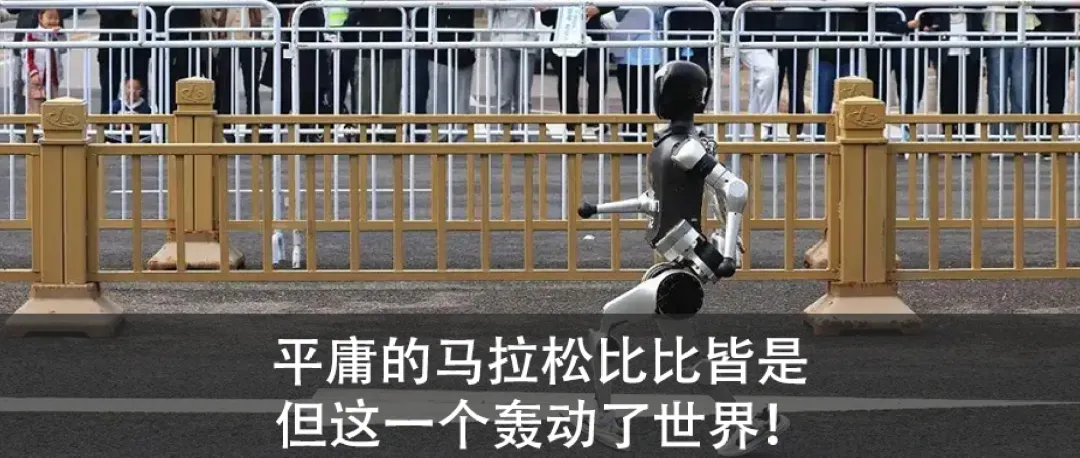1. Introduction: Japan’s Resistance Signals Trouble for Trump’s Trade Agenda
Recent developments in U.S.-Japan trade negotiations have exposed a critical challenge to President Trump’s tariff strategy. Japan, traditionally seen as a compliant ally, is now openly resisting U.S. demands for unilateral concessions. Prime Minister Shiba Shigeru’s unwavering stance, emphasizing the protection of Japanese national interests, has raised questions about the feasibility of Trump’s broader trade ambitions, particularly with China, the EU, and other partners.
This resistance comes amid escalating tensions over tariffs on steel, aluminum, and automobiles. Japan’s refusal to compromise on its agricultural sector or link security cooperation to trade talks highlights a broader trend: even close U.S. allies are pushing back against Trump’s transactional approach to diplomacy.
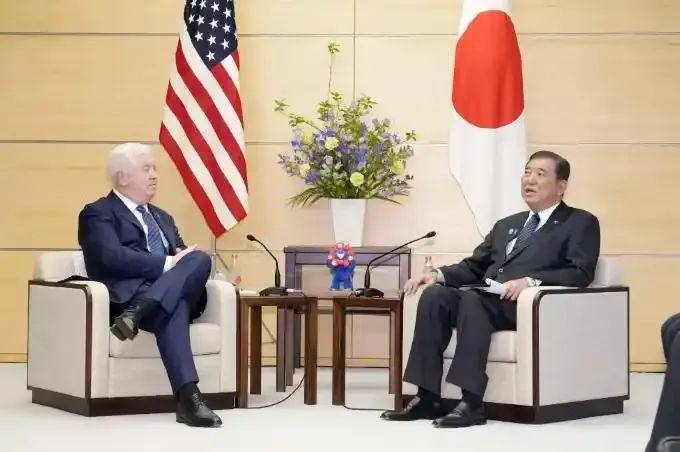
2. Japan’s Firm Stance in Trade Negotiations
2.1 Key Demands from Tokyo
During the first round of talks, Japanese negotiators, led by Representative Akaawa Ryosuke, made clear demands:
- Full removal of U.S. tariffs on Japanese automobiles (25%) and steel/aluminum (10%).
- No linkage between trade and security issues, rejecting U.S. attempts to tie military base funding to economic concessions.
- Protection for Japanese farmers, ruling out major compromises on agricultural imports.
Prime Minister Shiba reinforced these positions in parliament, stating, “Japan cannot abandon its core interests to satisfy external pressures.”
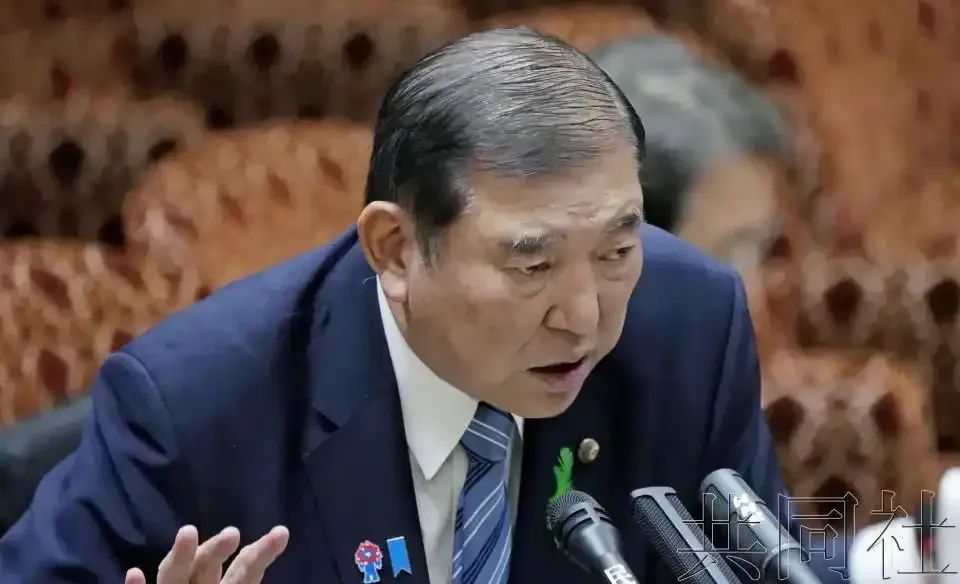
2.2 Limited Progress and Strategic Patience
Despite U.S. pressure, Japan has offered only modest concessions, such as increased purchases of American liquefied natural gas (LNG) and agricultural products like soybeans and rice. Analysts note that these proposals fall far short of U.S. expectations and fail to address structural trade imbalances.
3. Historical Context: Why Japan’s Resistance Matters
3.1 Post-War Dependence and Past Concessions
Japan’s post-WWII reliance on U.S. security guarantees has historically made it vulnerable to American demands. The 1985 Plaza Accord, which forced Japan to revalue the yen, exemplifies this dynamic. However, decades of economic stagnation and public dissatisfaction have eroded Japan’s willingness to acquiesce.
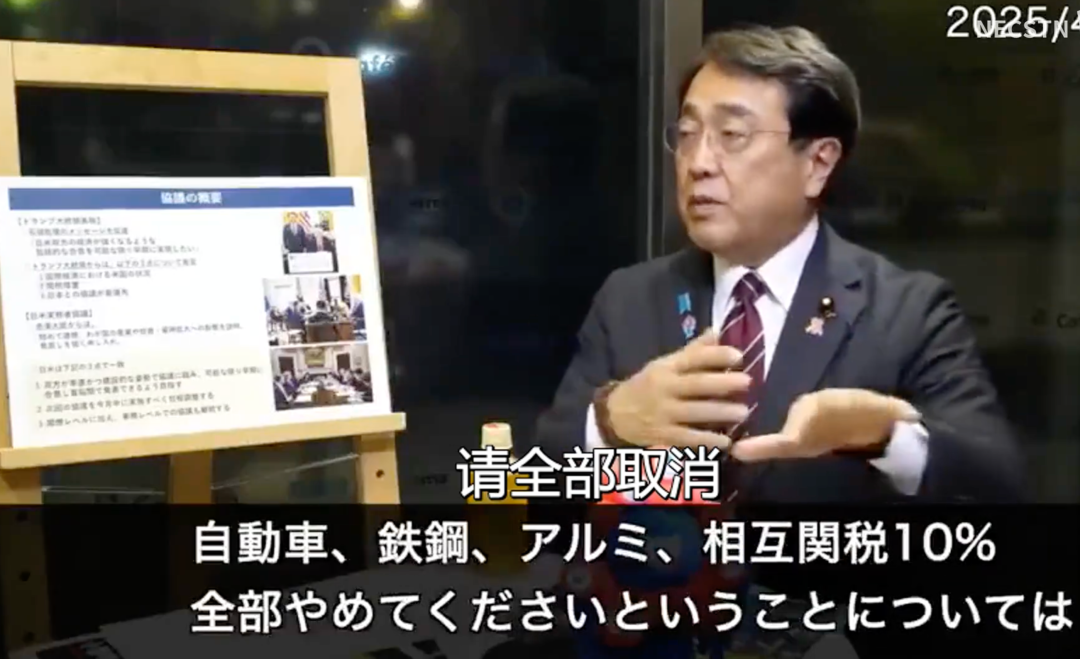
3.2 Domestic Political Pressures
With upper house elections approaching in July 2025, Prime Minister Shiba’s government faces mounting public opposition to concessions. A recent poll shows 68% of Japanese voters support resisting U.S. tariffs, reflecting nationwide frustration with Trump’s “America First” policies.
4. Global Implications of Japan’s Defiance
4.1 A Domino Effect Among U.S. Allies
Japan’s resistance sets a precedent for other nations:
- The EU has already threatened retaliatory tariffs and criticized U.S. unilateralism.
- Canada and Mexico, key trade partners, remain skeptical of renegotiated NAFTA terms.
- South Korea, another major ally, has delayed ratification of a revised trade deal.
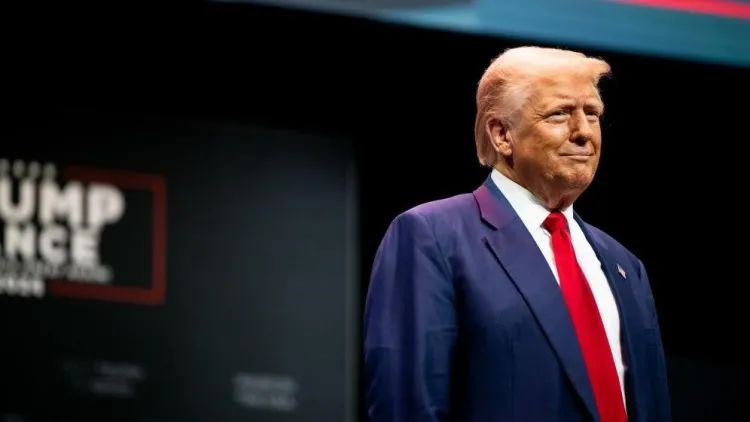
4.2 China’s Strategic Calculations
Beijing is closely monitoring Japan’s stance. As former U.S. Defense official Freeman noted, “China has adopted strategic patience, recognizing that Trump’s inconsistent demands and broken agreements weaken America’s negotiating credibility.”
5. The Flaws in Trump’s Negotiation Tactics
5.1 Lack of Clear Objectives
Critics argue that the U.S. approach lacks coherence. During talks, American negotiators failed to articulate specific goals beyond reducing trade deficits—a vagueness that Japanese officials described as “absurd”.
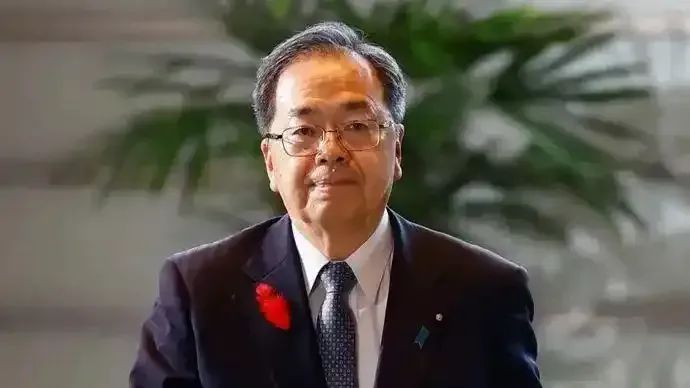
5.2 Erosion of Trust
Trump’s withdrawal from international agreements (e.g., the Paris Climate Accord) and erratic tariff threats have damaged U.S. credibility. French commentator Bertrand remarked, “Trump claims to be a ‘deal-maker,’ but he has destroyed the foundations of deal-making: trust and consistency”.
6. Economic and Strategic Risks for the U.S.
6.1 Threats to Global Supply Chains
Prolonged trade disputes risk disrupting industries reliant on Japanese technology, such as automotive and semiconductor manufacturing. Toyota, Honda, and Nissan have already warned of production delays and price hikes.
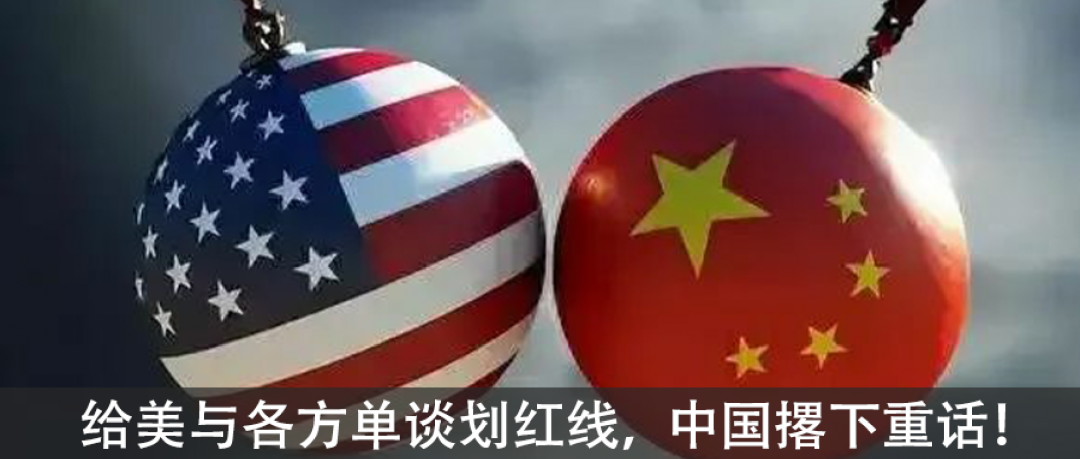
6.2 Security Trade-Offs
Linking trade to security (e.g., threats to reduce troop deployments in Japan) could backfire. As Prime Minister Shiba stated, “Security cooperation must not be held hostage to economic negotiations”.
7. Japan’s Balancing Act: Strengthening Ties with China
Amid tensions with the U.S., Japan is quietly enhancing economic diplomacy with China:
- The New Komeito party leader, Saito Tetsuo, recently visited Beijing, delivering a letter from Prime Minister Shiba.
- Bilateral trade hit a record $380 billion in 2024, with Japan increasingly reliant on Chinese markets for technology exports.
This dual strategy—resisting U.S. demands while deepening Asian partnerships—reflects Japan’s pragmatic shift toward multipolar engagement.
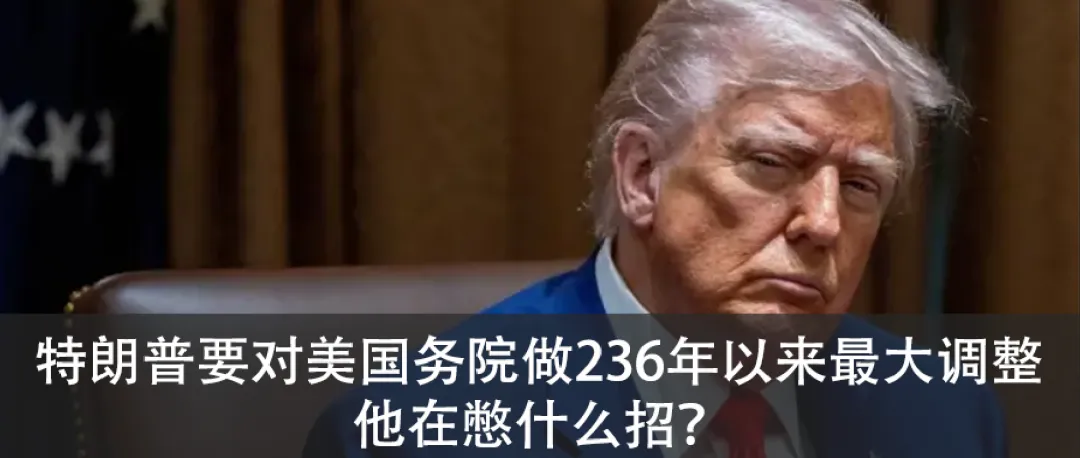
8. Conclusion: A Turning Point in Global Trade Politics
Japan’s defiance marks a pivotal moment in Trump’s tariff campaign. If the U.S. cannot secure concessions from a historically compliant ally, its leverage over tougher adversaries like China and the EU will diminish further.
For global businesses and policymakers, the lesson is clear: unilateralism and coercive tactics are increasingly ineffective in a multipolar world. As trade wars escalate, strategic alliances and economic diversification will define the next era of globalization.
